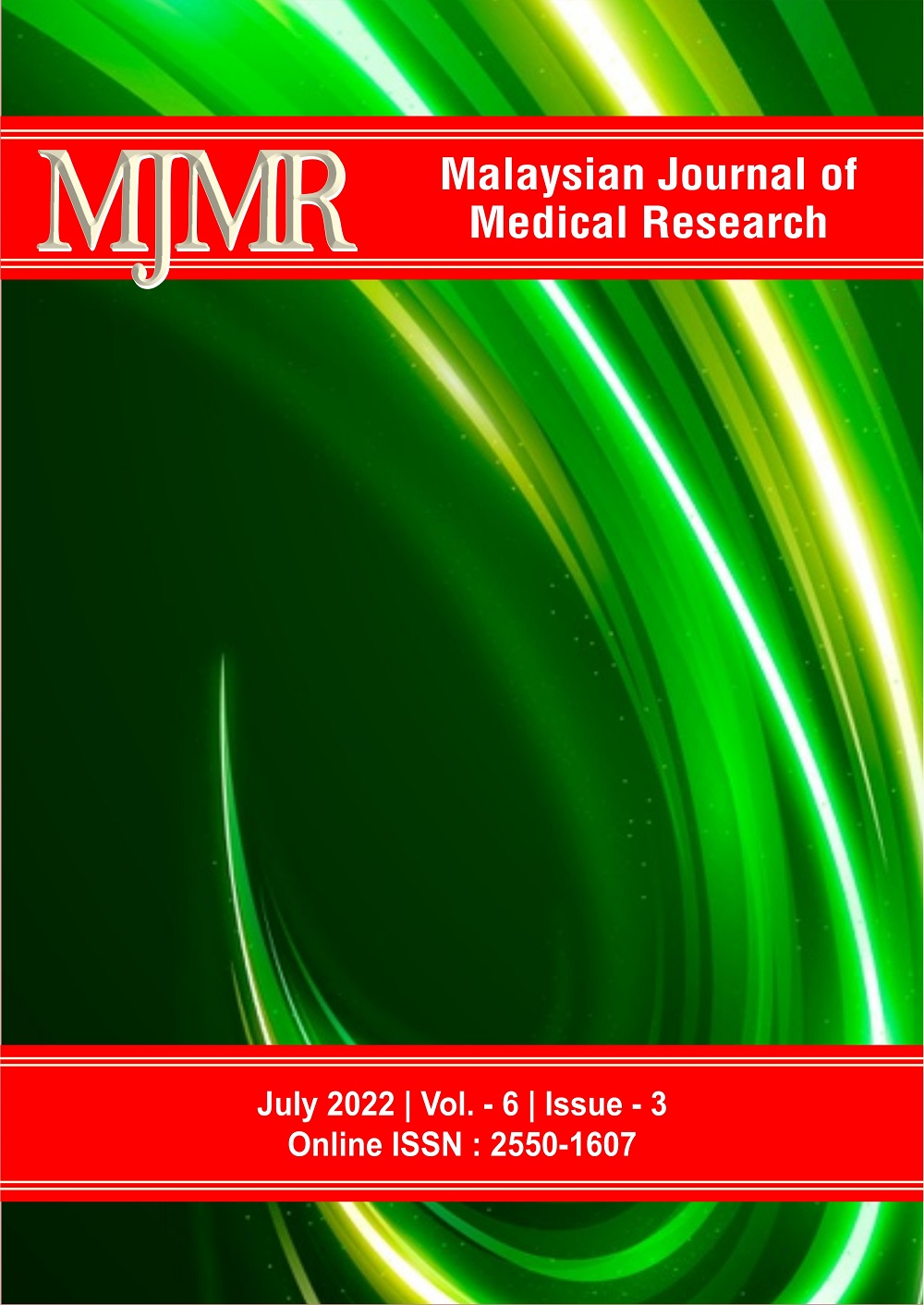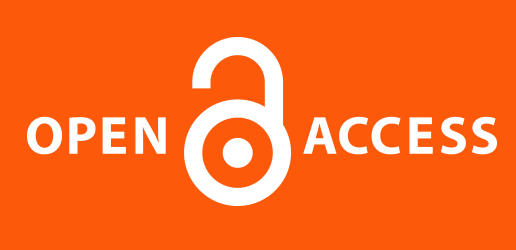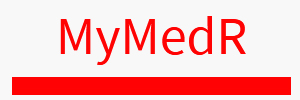Essential Emergency Critical Care (EECC) Related Research Articles: A Literature Review
DOI:
https://doi.org/10.31674/mjmr.2022.v6i03.007Abstract
The emergency department deals with many critical cases daily being surgical or medical based. Waiting times for the critically ill patients in the emergency departments are increasing because of surge capacities especially during these challenging covid-19 times1. Applying an evidence based approach to the management of critically ill patients is important to ensure the risk and benefit ratio of treating patients is preserved2. Critical care evidence based p[practice can be found via many resources and easily via web based in a computerised hospital management system3. In order to transform the emergency department into an essential emergency critical care management centre, it must also incorporate evidence based practices to ensure the most appropriate treatment be instituted in our patients4. Education also plays an important role in improving services in the emergency department making it evidenced based and incorporation of research related evidence will help justify treatments and management of the critically ill5. In this article we discuss research articles that we believe can be essential to improve critical care services in the emergency departments.
Keywords:
Critical Care, Research, Literature, Fluid, Sepsis, Trauma, Ventilation, VasopressorDownloads
References
Azhan, A.B. (2021) Waiting Times For Covid-19 Patients In The Emergency Department During The Pandemic: Experience From A Single Center In Malaysia. Malaysian Journal of Emergency Medicine, 2(5). https://doi.org.10.1177/23743735211033752
Acob, JRU. (2018). Caring As Unending Expression Of Nursing (Cuen): A Theory Of Nursing. The Malaysian Journal of Nursing (MJN), 10(2), 52-57. https://doi.org/10.31674/mjn.2018.v10i02.006
Albougami, A. (2019). Exploring Nurses’ Knowledge of the Glasgow Coma Scale In Intensive Care and Emergency Departments at A Tertiary Hospital in Riyadh City, Saudi Arabia. The Malaysian Journal of Nursing (MJN), 11(2), 23-30. https://doi.org/10.31674/mjn.2019.v11i02.003
Anal, C. K. (2021). Assessment of Knowledge and Compliance of Critical Care Nurses Regarding Ventilator Associated Pneumonia (Vap) Care Bundle in A Tertiary Care Hospital, Assam, India. Malaysian Journal of Medical Research (MJMR), 5(2), 1-8. https://doi.org/10.31674/mjmr.2021.v05i02.001
Azali, N. A., & Ludin, S. M. (2020). Disaster preparedness awareness among critical care nurses at a tertiary hospital in Pahang, Malaysia. Malaysian Journal of Medical Research (MJMR), 4(3), 26-34. https://doi.org/10.31674/mjmr.2020.v04i03.005
Waydhas C. (1999). Intrahospital transport of critically ill patients. Critical care (London, England), 3(5), R83–R89. https://doi.org/10.1186/cc362
Kleinpell, R., Ely, E. W., Williams, G., Liolios, A., Ward, N., & Tisherman, S. A. (2011). Web-based resources for critical care education. Critical care medicine, 39(3), 541-553. https://doi.org.10.1097/ccm.0b013e318206b5b5
Gurjeet Singh a/l Harvendhar Singh (2022) A 6 Step Approach In Initiating Essential Emergency Critical Care Services In A Resource Limited Emergency Department Setting, Manipal Alumni Science & Health Journal (MASH), 7(1), 9-12.
Ludin, S. M., & Bajuri, N. A. A. (2020). Nurses’perception on Patient Safety Culture In Critical Care Area At A Tertiary Hospital In Pahang, Malaysia. The Malaysian Journal of Nursing (MJN), 11(4), 78-84. https://doi.org/10.31674/mjn.2020.v11i04.008
Arabi, Y. M., Azoulay, E., Al-Dorzi, H. M., Phua, J., Salluh, J., Binnie, A., ... & Citerio, G. (2021). How the COVID-19 pandemic will change the future of critical care. Intensive care medicine, 47(3), 282-291.
Singh, G., Hayat, N., Sevarash, K., Syed, J. (2022) Emergency Medicine Department Continuous Medical Education (CME) 6 step Transformation, Emergency Medicine Academics; https://doi.org.10.13140/RG.2.2.12825.49762
Published
How to Cite
Issue
Section
License
Copyright (c) 2022 Malaysian Journal of Medical Research (MJMR)

This work is licensed under a Creative Commons Attribution-NonCommercial-NoDerivatives 4.0 International License.























